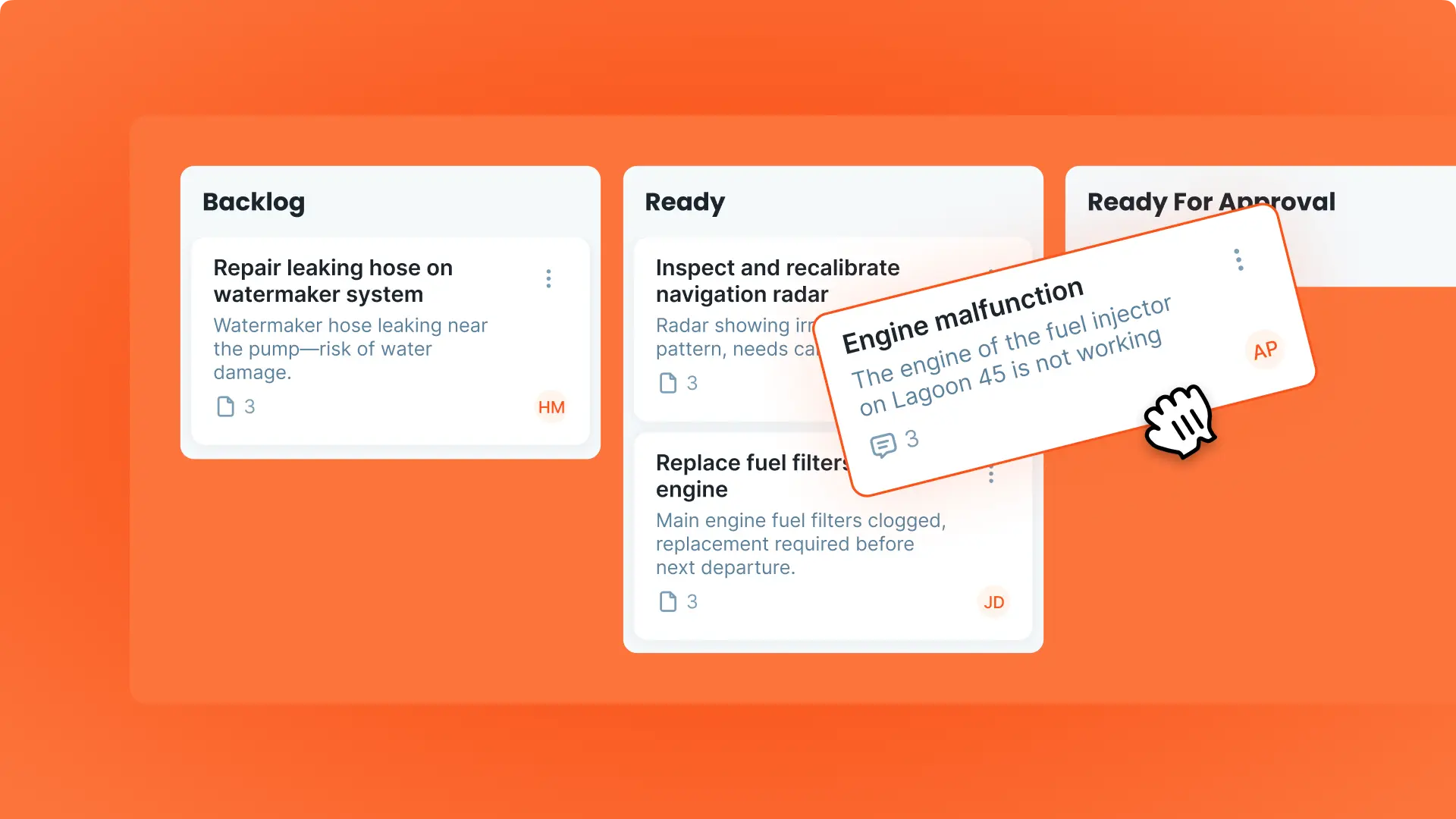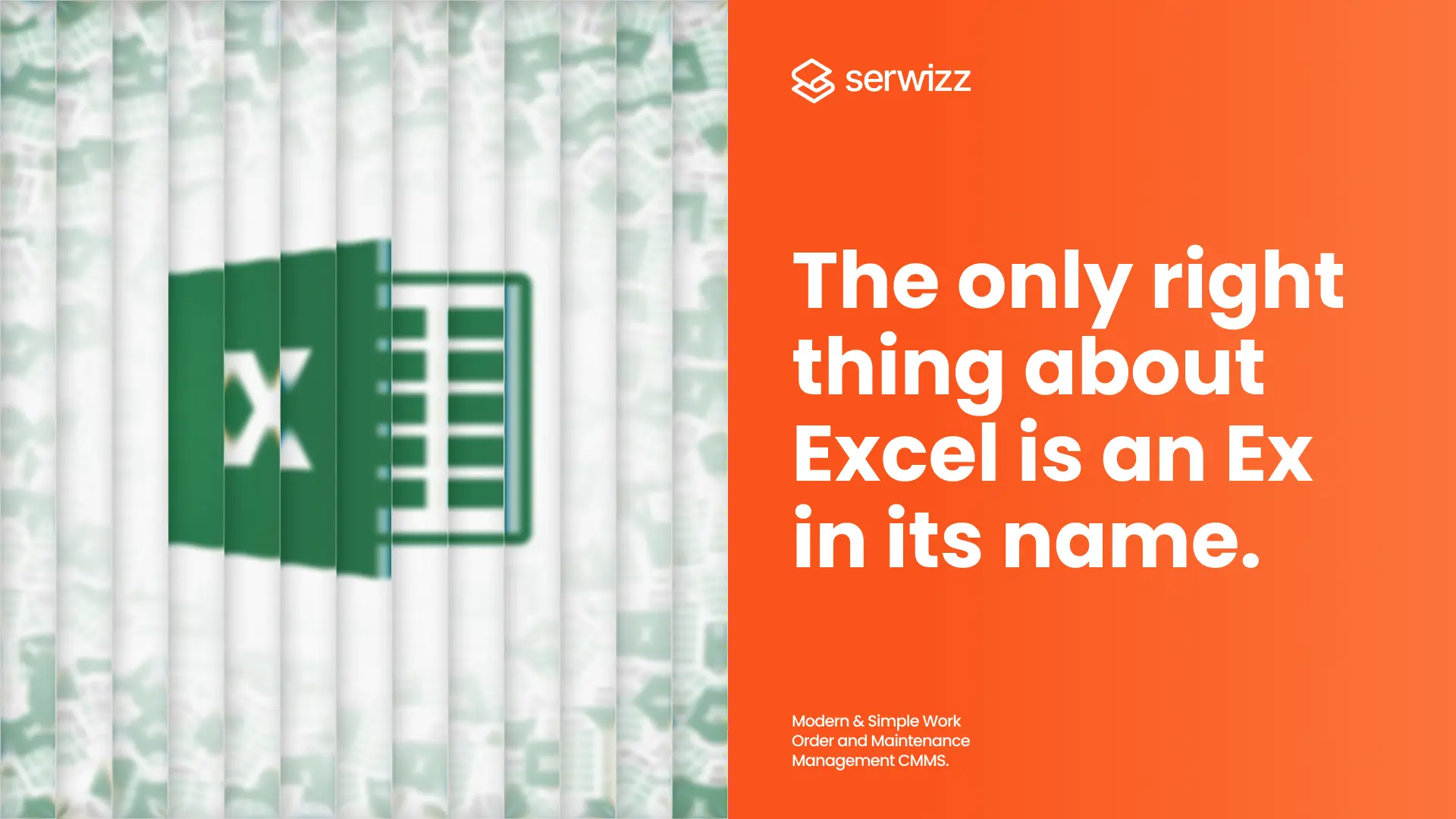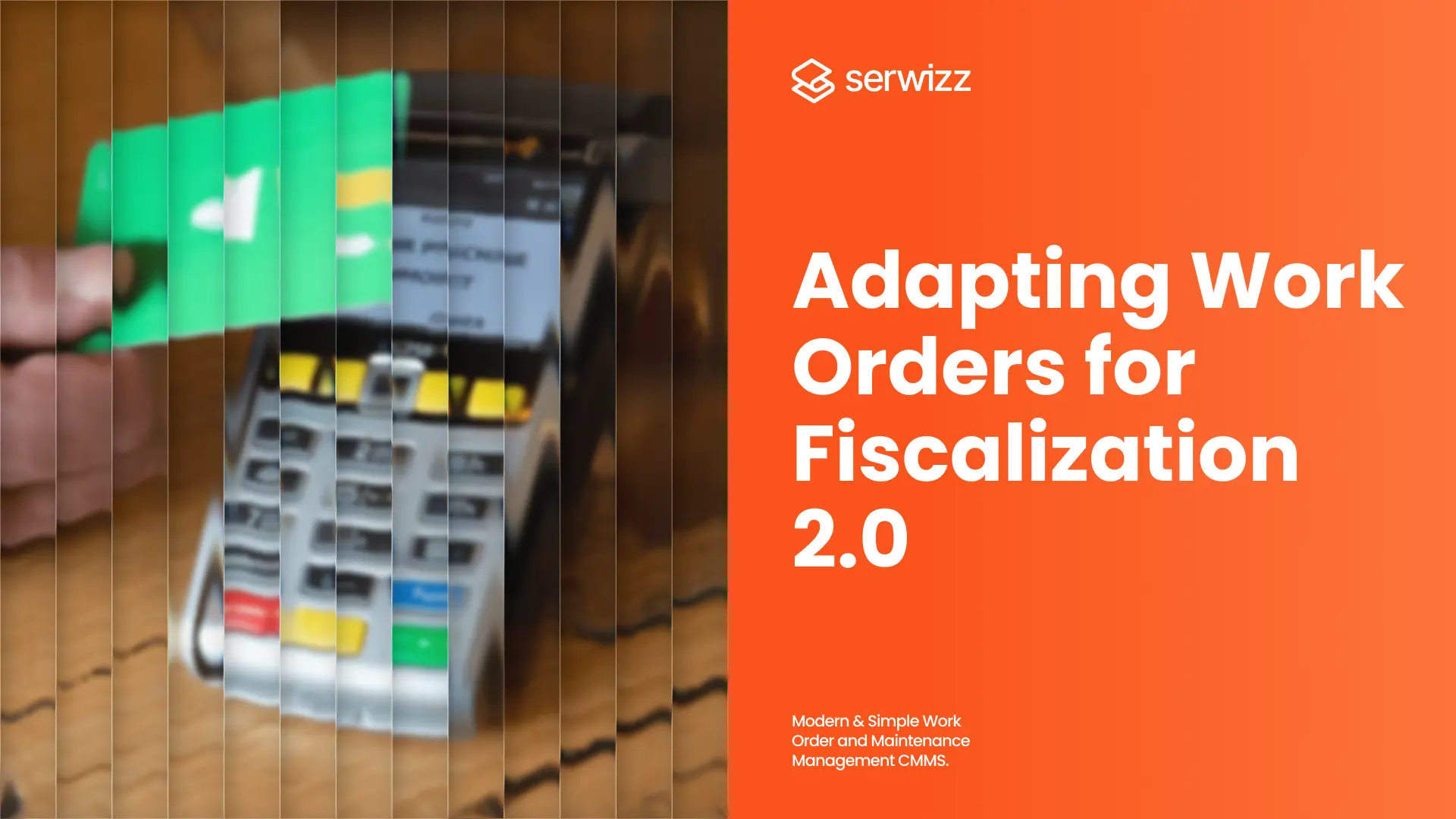CMMS
·
9 min read
The Smart Way to Choose Your CMMS

Old system, constant chaos. New system, clear control. Stop guessing. Start picking with purpose.
We guided teams through failed CMMS projects. We’ve seen tools that slow teams down. We’ve also seen ones that work. This guide shows what works and how to choose and know what works for you.
You’re trapped in multiple sheets, delayed service calls, missing parts, and technicians who avoid the system. You feel like nothing works for you. You’re tired of tools that promise the world and deliver confusion.
You don’t need just another system. You need a CMMS built for your real work, your team, your field. You need a system that aligns with mobile tech, quick tasks, clear parts tracking, smart reports, simple setup. That’s how to tell which one stands out.
Guide to Choosing The Best CMMS
Stop chasing features. Start following a plan.
Here is your step-by-step path to select a CMMS that actually works for you; not one you force your work to fit.
Step 1 – Define Success for Your Team
Pick 3 clear goals. Examples: reduce unplanned downtime, improve preventive maintenance compliance, cut spare-parts stockouts.
Write them down. Share them.
CMMS like Serwizz helps you hit those goals because it focuses on work orders, assets, inventory and mobile access.
Step 2 – Map How You Work Today
Document these:
- Describe your current maintenance process from request to completion.
- List every role involved in maintenance, from requester to technician and manager.
- Evaluate your digital maturity, including tools in use, data quality, and gaps between systems.
This gives you the baseline.
CMMS systems like Serwizz accept your workflow from day one; no forcing your team into odd steps.
Step 3 – CMMS “Must-Have” Functions

Keep it tight.
Examples of must-haves:
- Clear work orders with mobile entry
- Preventive maintenance scheduling
- Asset history and tracking
- Spare parts inventory and reorder alerts
- Support for all devices and platforms, especially mobile
- Support for offline use with reliable syncing
- Ability to add photos, comments, and other details to work orders
- Easy reporting of key metrics
Use this list to screen vendors.
A good CMMS carries all of these without fluff.
Step 4 – Test with Your Team
Don’t decide on demos that impress your boss.
Let your field techs try:
- Fill in and submit the assigned work order on mobile
- Upload a photo of the issue or completed work
- Track the work hours spent on the task
- View asset history with one tap
- Collect feedback after the job is done
If they find it intuitive, you’re on the right track.
We have met so many people fed up with the bad CMMS systems, trying to give up, so we made a decision: Serwizz’s interface is built for field use quick, clear, minimal clicks.
Step 5 – Ensure Mobile & Offline Work
Your techs operate outside the office.
The system must work on smartphones, tablets, sometimes with weak connectivity.
Check:
- App loads fast
- Works offline and syncs later
- Captures photo and location
- Lets you update tasks on the move
A good CMMS provides strong mobile access and offline readiness built in.
Step 6 – Review Support & Implementation
A great tool fails without strong support.
Ask:
- What training is offered?
- Who is in charge for your onboarding?
- How fast is support when issues arise?
- Is support available in your local language?
Serwizz offers dedicated local-language support, fast onboarding, and assistance that understands daily maintenance work. Your team gets help they can understand immediately.
Step 7 – Plan for Growth
Your needs will grow.
More assets, more sites, more users.
Make sure the CMMS handles scale:
- Multi-site support
- Multiple asset types
- Growing number of users without performance drop
Serwizz is built for scale; you add as you grow without breaking the flow.
Step 8 – Confirm Security
Your data is critical: asset history, parts, work-order records.
Ask about Role-based access and Audit trails, Encryption and data safety.
Serwizz includes secure access controls and audit logs, so your operations stay safe and compliant.
Step 9 – Review Reporting

Choose a system that gives you meaningful data.
Track:
- Work order response time
- Preventive maintenance compliance
- Spare-part usage and stockouts
- Asset downtime and mean time between failures
Serwizz’s reporting module gives clean dashboards and real-time insight so you act, not guess.
Step 10 – Calculate True Cost
Never evaluate only the license fee.
Consider:
- Setup and migration
- Training your team
- Mobile devices or network needs
- Scaling cost when you grow
At last, ask for full cost breakdown.
Serwizz stays transparent, while showing the full investment from the first day.
Common CMMS Problems You Must Avoid
Many tools promise clarity but slow teams down. Delays, confusion, and low adoption appear quickly. Avoid these pitfalls.
Heavy Setup with Slow Onboarding
Long configuration cycles waste weeks. Complex forms and endless settings stop adoption from day one.
Poor Mobile Experience
Screens load slowly. Buttons are confusing. Offline work fails. Photos freeze. The staff waste your precious minutes on simple actions.
Overstuffed Menus
Cluttered navigation slows users. Searching for the right action consumes more time than completing work.
Weak Asset Tracking
The records lack detail. Technicians lose context. Planners lose insight. Maintenance runs blind.
Preventive Tasks Without Structure
Calendars exist, but they lack links to parts, instructions, or asset history. Preventive work stays incomplete.
Limited Reporting
Outdated layouts and slow dashboards prevent managers from acting quickly. Decisions rely on guesswork.
Inventory Modules With Gaps
Parts tracking misses alerts. Stockouts or over-orders happen. Both outcomes cost money.
Support Without Maintenance Knowledge
Generic support almost always fails to guide teams. Slow replies and unclear instructions frustrate everyone, and there is a way out.
Systems That Look Good in Demos but Fail in Practice
Flashy demos hide slow performance. Field staff struggle. Adoption collapses. Your data stays incomplete.
Serwizz addresses all these problems. Setup is fast. Mobile works offline. Menus stay simple. Assets and parts are tracked. Preventive tasks link to history. Reports update instantly. Support understands maintenance teams. The system performs in daily work.
Why Serwizz Delivers Better

Serwizz is built with real field work in mind:
- Clean work order flow
- Mobile access with offline mode
- Clear asset tracking and spare-parts module
- Real-time reporting
- Support that knows maintenance teams and speaks your language
- Scales easily as teams, assets, and sites grow
The result: technicians use the system. Managers trust the numbers. Work flows smoothly. Read more about the simplicity of Serwizz here.
From Frustration to Control
You started with slow tasks, missing parts, and low adoption.
This path and CMMS like Serwizz give clarity, speed, trust, and control.
Technicians stop avoiding the system.
Managers get reliable insight.
Assets move from reactive fixes to planned maintenance.
Final Takeaway
A strong CMMS removes obstacles.
CMMS like Serwizz gives tools to move from chaos to structure.
Your team works faster.
Your managers see clearly.
Your maintenance becomes predictable.
Pick the CMMS that suits you
Ready to pick a CMMS that actually supports your work?
Explore how Serwizz matches your goals, your processes, and your team’s daily tasks, see if we are the one for you and book a demo.






































